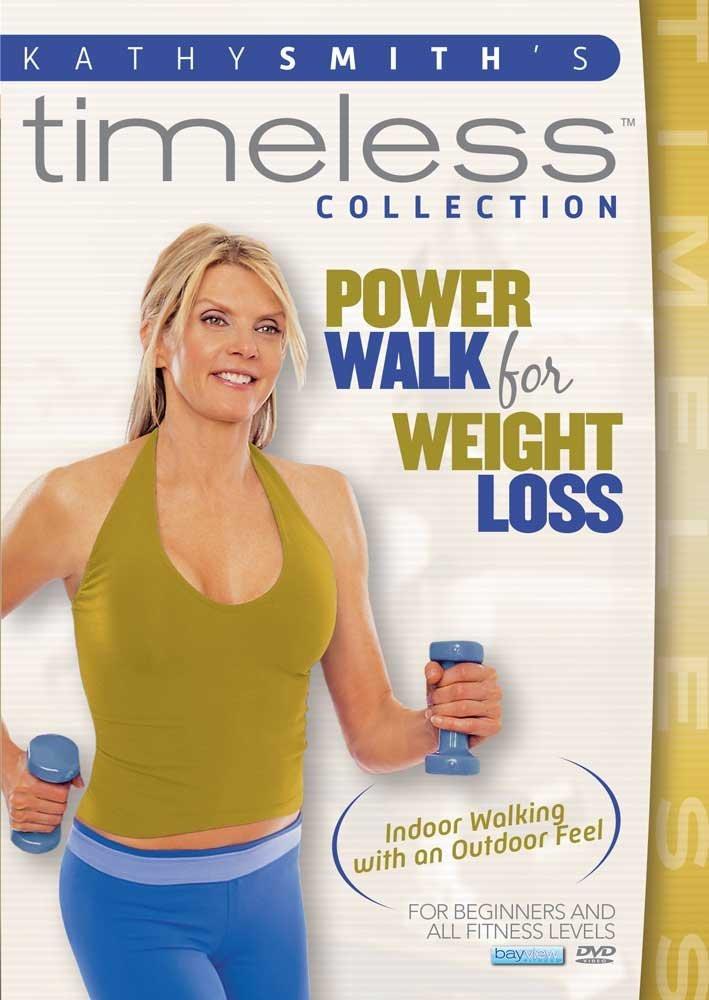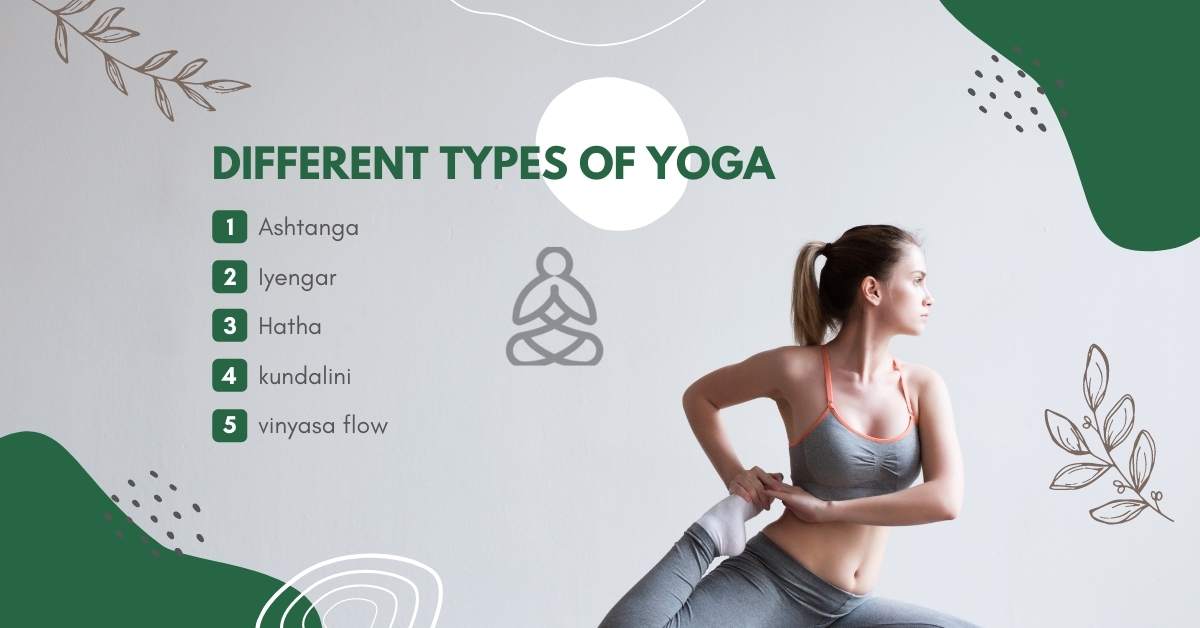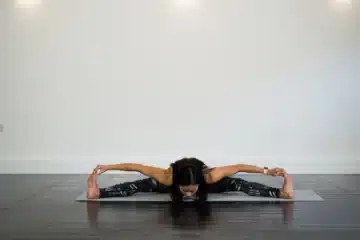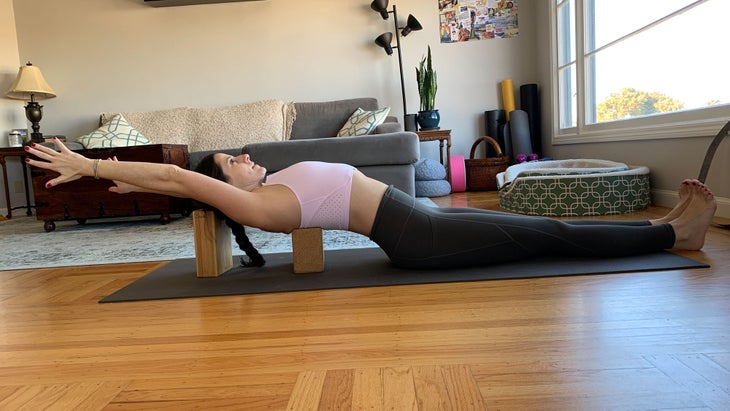Timeless Strength: Yoga for Seniors with Limited Mobility offers accessible and gentle yoga practices for older adults facing mobility challenges. The program is designed to support seniors in maintaining strength, balance, and flexibility, enhancing overall well-being.
By providing adaptive poses and modifications, it empowers seniors to engage in a safe and beneficial yoga practice, promoting a sense of vitality and confidence. With a focus on the needs of older individuals, Timeless Strength aims to improve mobility, reduce pain, and support mental clarity, making yoga accessible and beneficial for seniors at all levels of ability.

Credit: www.planetfitness.com
The Benefits Of Yoga For Seniors
Yoga is a holistic practice that offers a multitude of benefits for seniors with limited mobility. From improving physical strength and flexibility to promoting mental well-being, incorporating yoga into the daily routine can significantly enhance the overall quality of life. Let’s take a closer look at some of the key benefits.
Improving Physical Strength
Regular practice of yoga can help seniors maintain and improve their physical strength. Through various yoga poses and movements, muscles, bones, and joints are engaged, resulting in increased strength and stability throughout the body. Strength training exercises in yoga not only help in everyday activities but also reduce the risk of falls and injuries.
Enhancing Flexibility And Balance
Yoga is renowned for its ability to enhance flexibility and balance, which can become compromised with age. With gentle stretches and postures, seniors can gradually improve their flexibility, making it easier to perform daily tasks and reducing stiffness. Additionally, practicing yoga postures that focus on balance can improve stability and coordination, reducing the risk of falls and enhancing overall physical independence.
Promoting Mental Well-being
Besides the physical benefits, yoga also has a positive impact on mental well-being. Seniors who engage in regular yoga practice experience reduced stress levels, improved relaxation, and enhanced mood. Yoga incorporates deep breathing techniques and mindfulness, which are effective in calming the mind and promoting a sense of inner peace. This, in turn, can contribute to better sleep patterns, increased mental clarity, and a greater overall sense of well-being.
Incorporating yoga into the lives of seniors with limited mobility can lead to a range of substantial benefits, including improved physical strength, enhanced flexibility and balance, and overall mental well-being. The gentle and accessible nature of yoga makes it a perfect choice for seniors looking to improve their quality of life and maintain their vitality as they age.
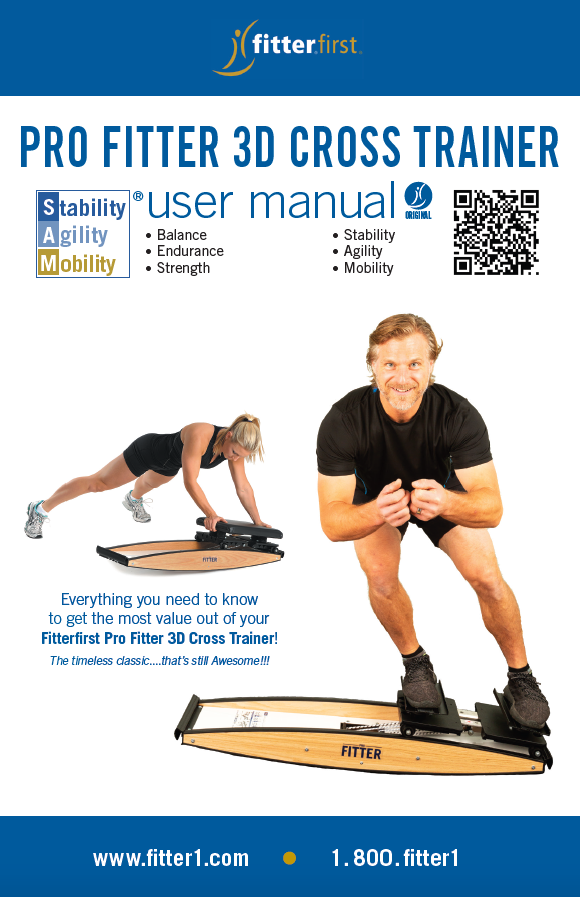
Credit: fitter1.com
Challenges Faced By Seniors With Limited Mobility
Seniors with limited mobility face various challenges that can impact their physical and mental well-being. It is crucial to understand these obstacles in order to provide suitable solutions and support for this demographic. Here are some of the main challenges faced by seniors with limited mobility:
Physical Limitations And Restrictions
Seniors with limited mobility often have physical limitations and restrictions that hinder their ability to engage in physical activities. These limitations may stem from medical conditions, age-related changes, or previous injuries, making it challenging for them to move freely and comfortably. As a result, it’s vital to develop adaptive and progressive yoga practices that cater to their specific needs and capabilities.
Fear Of Injury
The fear of injury is a prevalent concern among seniors with limited mobility. Due to their vulnerability and weakened physical resilience, they may be apprehensive about participating in physical activities, including yoga. Creating a safe and nurturing environment, along with modifying poses and movements to minimize the risk of injury, can help alleviate their fears and build their confidence in practicing yoga.
Decreased Range Of Motion
Another significant challenge for seniors with limited mobility is the decreased range of motion in their joints and muscles. This can result in stiffness, tightness, and difficulty performing daily tasks. Tailoring yoga sessions to focus on gentle stretching, joint mobilization, and breath awareness can help improve their range of motion and enhance their overall well-being.
Adapting Yoga For Seniors With Limited Mobility
Adapting yoga for seniors with limited mobility is crucial to ensuring that they can still experience the incredible benefits of this ancient practice. Even though physical limitations may exist, yoga can still be accessible and beneficial for seniors. By making simple modifications, utilizing props, and introducing gentle movements, seniors with limited mobility can experience the rejuvenating effects of yoga.
Chair Yoga
Chair yoga is an excellent option for seniors with limited mobility, as it provides the support and stability they need. It allows participants to perform various yoga poses while seated, making it easier to maintain balance and stability. This form of yoga also reduces the risk of strain or injury as it lessens the pressure on the joints, making it a safe and effective option for seniors with limited mobility.
Gentle Movements And Modifications
Gentle movements and modifications are essential when adapting yoga for seniors with limited mobility. These modifications involve simplifying traditional poses and utilizing gentle movements that cater to the specific needs and limitations of seniors. By focusing on gentle, fluid movements, seniors with limited mobility can still experience the positive impact of yoga, such as improved flexibility, strength, and overall well-being.
Use Of Props And Aids
Use of props and aids plays a crucial role in adapting yoga for seniors with limited mobility. Props such as yoga blocks, straps, and bolsters can provide additional support and assistance for seniors during their yoga practice. These aids can help seniors achieve proper alignment, enhance their stability, and make various yoga poses more accessible, allowing them to experience the benefits of yoga safely and comfortably.
Safe And Effective Yoga Poses For Seniors With Limited Mobility
Discover timeless strength with safe and effective yoga poses specifically designed for seniors with limited mobility. Enhance flexibility, balance, and well-being with targeted movements tailored to meet the unique needs of older adults.
If you’re a senior with limited mobility, practicing yoga can still offer you tremendous benefits. Yoga focuses on gentle movements, breath control, and mindfulness, making it one of the safest and most effective forms of exercise for seniors. In this article, we’ll explore three yoga poses specifically modified for seniors with limited mobility. These poses can help improve strength, flexibility, balance, and overall well-being. So let’s dive in and discover how you can experience the timeless strength of yoga, regardless of your mobility limitations.
Seated Forward Fold
Benefits: Improves flexibility in the hamstrings, back, and shoulders. Relieves tension and stiffness in the lower back. To perform the seated forward fold, sit on the edge of a sturdy chair with your feet flat on the floor. Place your hands on your thighs, take a deep breath in, and as you exhale, slowly hinge forward at the hips. Imagine reaching your chest towards your knees while keeping your back straight. Only fold as far as you feel comfortable, and allow your head and neck to relax. Take a few deep breaths in this position, feeling a gentle stretch in the back of your legs and lower back. Slowly come back up to sitting and repeat as desired.
Modified Warrior Poses
Benefits: Enhances strength, stability, and balance. Increases range of motion in the hips and shoulders. Modified Warrior I: Stand behind a chair, holding onto the back for support. Take a step back with your right foot, keeping both feet pointing forward. Bend your left knee and keep your right leg straight, grounding the heel into the floor. Lift your arms overhead, palms facing each other. Gaze forward and hold this position for a few breaths. Repeat on the opposite side. Modified Warrior II: Begin in a standing position, facing the back of a chair. Step out to the side with your right foot and turn your right toes outward. Bend your right knee, keeping it aligned with your ankle. Extend your arms straight out from your shoulders, parallel to the floor. Gaze over your front fingertips and breathe deeply. Hold this pose for several breaths, then switch sides.
Seated Spinal Twist
Benefits: Increases spinal flexibility and mobility. Relieves tension in the back, neck, and shoulders. Sit tall on the edge of a chair, feet flat on the floor. Place your left hand on your right thigh, and bring your right hand to the back of the chair. Inhale deeply and as you exhale, gently twist your torso to the right, using your left hand to assist the twist. Keep your head aligned with your spine, and breathe deeply into the twist. Hold for a few breaths, then switch sides. Remember, it’s important to listen to your body and only do what feels comfortable. Modify these poses as needed and never push yourself beyond your limits. With regular practice, these safe and effective yoga poses can help you maintain or improve your physical and mental well-being, providing you with a sense of timeless strength that transcends any mobility challenges you may face.
Tips For Practicing Yoga With Limited Mobility
When it comes to practicing yoga with limited mobility, it’s important to start slow and listen to your body. Focus on breath and mindfulness and seek guidance from a qualified instructor. These tips can help seniors with limited mobility experience the timeless strength of yoga. Let’s explore each tip in detail:
Start Slow And Listen To Your Body
One of the most important aspects of practicing yoga with limited mobility is starting slow and listening to your body. This means being aware of any discomfort or pain and modifying poses accordingly. Begin with gentle movements and stretches that feel comfortable and gradually increase the intensity as your body becomes more attuned to the practice.
Remember to always honor your body’s limitations and avoid pushing yourself too far. Respect your unique journey and focus on what feels right for you. By starting slow and listening to your body, you can build strength and flexibility at your own pace.
Focus On Breath And Mindfulness
Incorporating breath and mindfulness into your yoga practice can greatly enhance the experience, especially for seniors with limited mobility. By focusing on deep, intentional breaths, you can bring attention to your body and mind, promoting relaxation and mental clarity.
Allow yourself to be present in each movement and embrace the sensations that arise. Mindfulness can help you cultivate self-awareness and gratitude for your body’s abilities. By incorporating breath and mindfulness, you can deepen your practice and find joy in the present moment.
Seek Guidance From A Qualified Instructor
If you’re new to yoga or have limited mobility, seeking guidance from a qualified instructor is crucial. An experienced instructor can provide personalized modifications and guidance specific to your needs. They can help you navigate any challenges or limitations, ensuring a safe and effective practice.
Look for instructors who specialize in yoga for seniors or those with limited mobility. Their expertise can provide you with the necessary support and knowledge to make the most of your practice. By working with a qualified instructor, you can feel confident and empowered in your yoga journey.
Frequently Asked Questions On Timeless Strength: Yoga For Seniors With Limited Mobility
What Are The Benefits Of Yoga For Seniors With Limited Mobility?
Yoga can improve balance, flexibility, and strength for seniors with limited mobility. It can also help reduce joint pain and stiffness, increase circulation, and promote overall well-being.
Is Yoga Safe For Seniors With Limited Mobility?
Yes, yoga can be safe and beneficial for seniors with limited mobility. It is important to choose gentle yoga poses and modify them as needed. It is recommended to practice under the guidance of a qualified yoga instructor who can provide appropriate modifications and ensure safety.
How Can I Modify Yoga Poses For Seniors With Limited Mobility?
Yoga poses can be modified for seniors with limited mobility by using props such as chairs or blankets for support, reducing the range of motion, or using alternative poses that are more accessible. A qualified yoga instructor can provide guidance on modifying poses to suit individual needs and abilities.
Can Yoga Help Improve Flexibility In Seniors With Limited Mobility?
Yes, practicing yoga regularly can help improve flexibility in seniors with limited mobility. Gentle stretching exercises and specific yoga poses can gradually increase flexibility over time. Consistency and proper guidance are key to safely and effectively improve flexibility.
Conclusion
Yoga is a timeless practice that can provide incredible benefits for seniors with limited mobility. By focusing on gentle movements, deep breathing, and mindfulness, seniors can improve their strength, flexibility, balance, and overall well-being. Embracing yoga can help seniors maintain their independence, promote healthy aging, and enhance their quality of life.
So, don’t let limited mobility deter you from enjoying the countless rewards that yoga can bring. Start your yoga journey today and discover the transformative power of this ancient practice.

